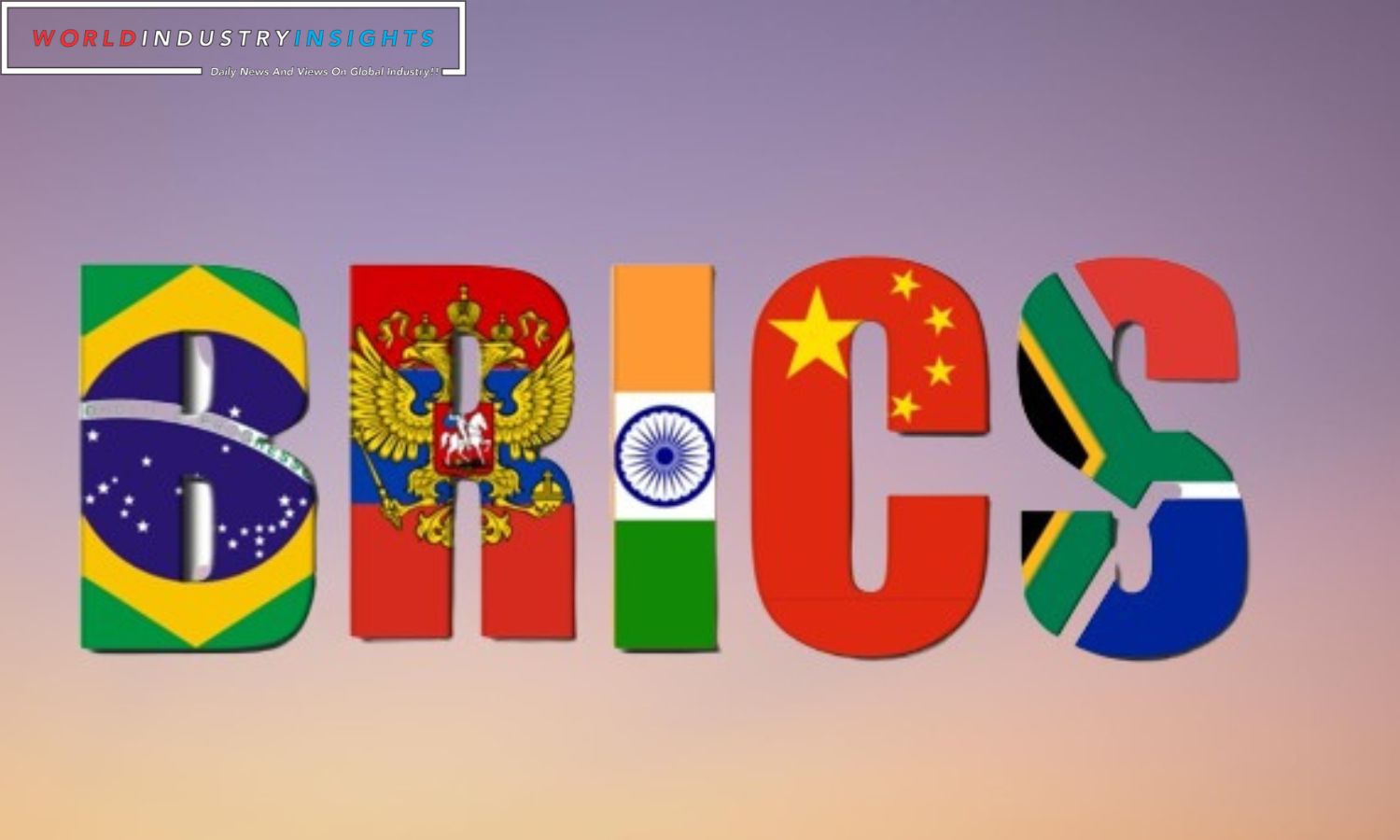NDB Indian Rupee Bond: The New Development Bank (NDB), a symbol of the BRICS countries’ financial aspirations, will release its first Indian rupee bond in October, according to its Chief Operating Officer on Monday. The BRICS aspire to enhance their economies through NDB. The truth spread. The NDB Chief Operating Officer made the bold declaration, which is a move toward a more diverse financial sector.
BRICS countries Brazil, Russia, India, China, and South Africa founded the New Development Bank (NDB). It operates from these nations. The New Development Bank (NDB) began banking in 2015. BRICS offered a viable alternative to Western economic supremacy. Its principal purpose was to balance China and the US, the world’s two biggest economic powers.
South Africa released a rand bond that the bank bought recently. This started a new era for the bank’s financial aims. This new time began when the bank bought the rand bond. Before the August 22-24 BRICS Summit in Johannesburg, Vladimir Kazbekov conducted an intriguing news conference.
He suggested local currency bond ventures in BRICS countries like Brazil, Russia, and the UAE during this conversation. Johannesburg will host the BRICS Summit August 2224. Johannesburg will host the BRICS Summit August 2224. The BRICS Summit is scheduled for August 2224, 2018.
However, there have been issues throughout the voyage. While building its authority, the coalition had more trouble lending money. Russia’s penalties caused the most difficulties.
Read More: Boeing Dreamliner Qantas Deal: A New Chapter in Aviation
Kazbekov gave the following speech to explain and stress the bank’s strategy. “Our attention now turns to the Indian market, and we’re betting on a rupee infusion, maybe by October,” he said. To finish, he stated, “It is important to see that projects in one member state could be supported by the currency of another member state.” This remark deepened the image. He sketched a larger picture. Imagine a South African corporation funded by the Chinese yuan. This event would be totally different.
The bank’s Chief Financial Officer, Leslie Maasdorp, revealed a larger aim for the Indian rupee bond program, but Kazbekov didn’t. Leslie Maasdorp didn’t specify the Indian rupee bond scheme’s size. Even if Kazbekov hasn’t commented, this is true. Reuters interviewed Maasdorp about the bank’s plans to expand local currency lending by 2026.
These activities should account for 30% of the bank’s assets. These loans only targeted the Chinese yuan. In a concealed reference to the difficulties of shifting away from dollar-based models, he quickly noted that such an effort would have limits. This was to emphasize that such a thing would be impossible. Moving away from dollar-centered models has several limits, and he was passionate about highlighting this.
The NDB has also shown its commitment to helping South Africa transition from coal-based energy sources to greener, more environmentally friendly ones. South Africa is making this shift to reduce its fossil fuel use and carbon footprint. Kazbekov claimed the bank will fund three billion dollars. He also stated the bank wants to usher in an era of green energy in South Africa.
He said the bank would cause this age. Choosing the correct initiatives to invest these monies is a major obstacle.Despite knowing their goals, the efforts are still a mystery. He concluded, “Our search is ongoing,” meaning the bank is always looking for ways to better the financial condition in all BRICS countries.
Our Reader’s Queries
Can I buy Brics currency?
Purchasing BRICS Currency is typically done through cryptocurrency exchanges such as Coin base and Kraken. These platforms offer a convenient and accessible means of acquiring this currency.
What is a rupee bond?
A masala bond, also referred to as a rupee-denominated bond, is a type of debt instrument issued by Indian entities in foreign markets using Indian currency. Unlike other bonds, the interest and principal amount are denominated in rupees instead of dollars or local currency. This unique feature makes it an attractive investment option for foreign investors looking to diversify their portfolio.
Which countries join Brics currency?
In 2006, the “Bric” group was formed by Brazil, Russia, India, and China. South Africa later joined in 2010, resulting in the group being called “Brics”. On 1 January, Egypt, Ethiopia, Iran, Saudi Arabia, and the United Arab Emirates are set to join the group. Although the name for the expanded group has not been announced, it is speculated that it may be called “Brics +”.
Is there a Brics bank?
The NDB, previously known as the BRICS Development Bank, is a multilateral development bank created by the BRICS countries (Brazil, Russia, India, China, and South Africa).


